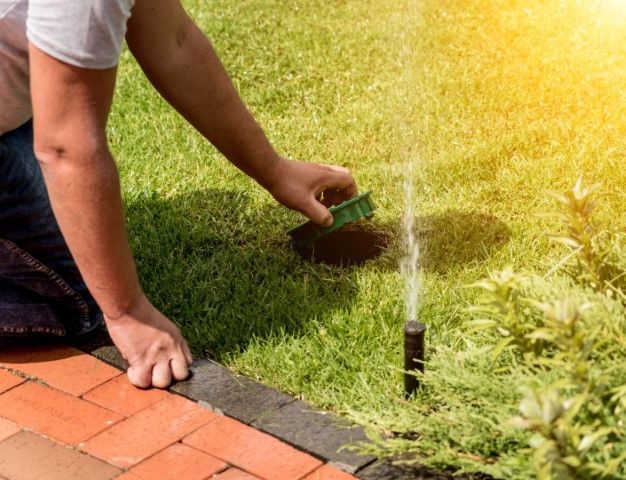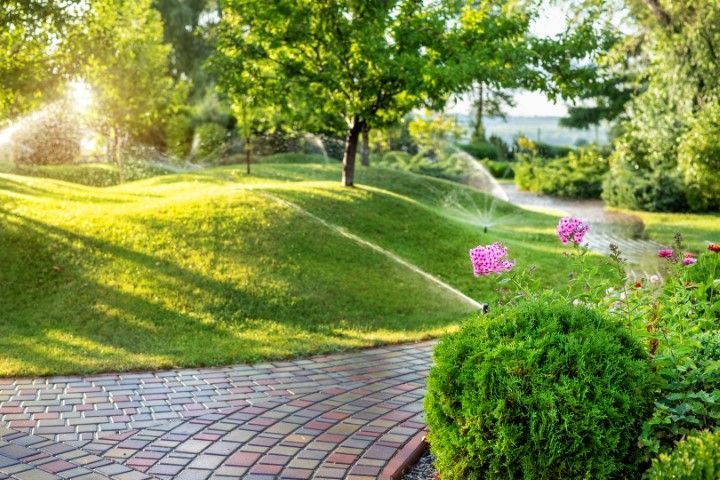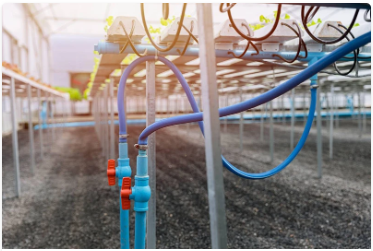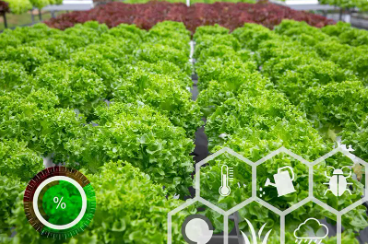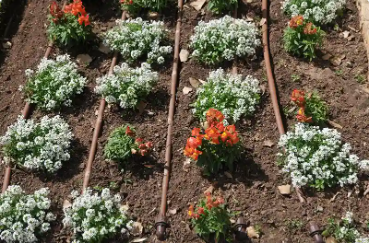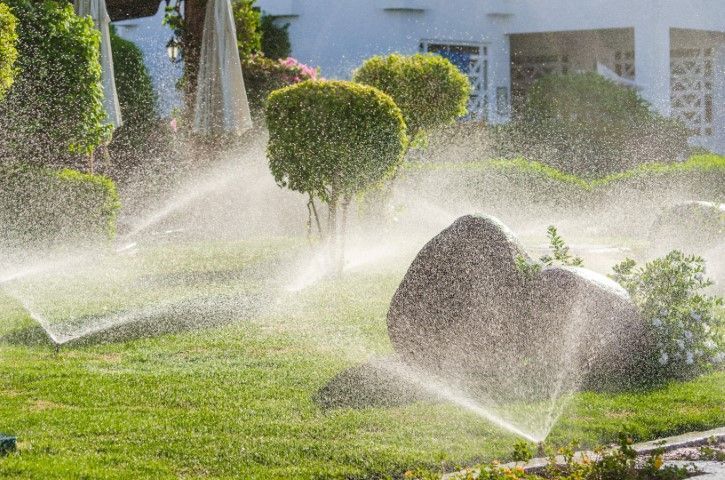Irrigation Insights: How to Maintain Your System for Optimal Performance Year-Round
Irrigation Insights: How to Maintain Your System for Optimal Performance Year-Round

As you approach the maintenance of your irrigation system, it’s essential to recognize that this isn’t just a seasonal task but a year-round commitment. Regularly assessing the components of your system not only enhances its efficiency but also prolongs its lifespan. From winterizing to ward off freezing damage to implementing cleaning protocols that keep lines clear and functioning optimally, each step is crucial. Yet, what many overlook is the subtle signs that suggest a deeper issue might be at play. In the next section, we’ll uncover some of these indicators and discuss how they can guide more effective maintenance strategies. Curious to know what these might be?
Assessing System Components Regularly
Regularly checking each component of your irrigation system ensures it’s running efficiently and effectively. By assessing each part, you can extend the component lifespan and make informed decisions regarding necessary upgrades or replacements. Start with the sprinkler heads; these often suffer from clogs and wear. Look for uneven water distribution or dripping, which indicates a need for cleaning or replacement.
Next, examine the valves, which control the flow of water throughout the system. Signs of leakage or unusual noises can suggest malfunctioning valves that need attention. This doesn’t just help in maintaining pressure but also conserves water and reduces your bills.
Don’t overlook the importance of checking the controller, which acts as the brain of your irrigation system. Ensure that it’s programmed correctly according to the current weather conditions and that all connections are secure. An outdated controller might not optimize water usage as newer models would, so consider this when pondering upgrade recommendations.
Lastly, inspect all pipes and hoses for signs of wear or damage such as cracks or splits, which can lead to significant water loss. Upgrading to higher quality, durable materials can prevent future issues and improve overall system efficiency. Regular assessments help you catch issues early, maintain optimal performance, and save money in the long run.
Seasonal Maintenance Strategies
Adjusting your irrigation system to the changing seasons is crucial to maintain its efficiency and preventing potential damage. As you transition from summer to winter, it’s essential to focus on winterizing methods. Start by shutting off the water supply to prevent pipes from freezing and bursting. Then, drain all water from the pipes, valves, and sprinkler heads. Consider using compressed air to blow out any remaining water in the system, which is a common method known as “blow-out.” This step is critical as water left in the system can freeze, expand, and cause cracks or breaks.
As winter ends, your attention should shift to Spring preparation. Begin by cautiously reactivating the water supply. Inspect each component for damage or wear. Replace any broken parts before fully operating the system. Test the system by running each zone individually to check for leaks and ensure all sprinkler heads are popping up and retracting properly. Adjust the timers and controllers based on the upcoming season’s watering needs, which likely increase as temperatures rise.
Cleaning and Unclogging Techniques
To ensure your irrigation system operates smoothly, it’s essential to periodically clean and unclog filters, nozzles, and pipes. Start by visually inspecting each component. If you notice any sediment or debris build-up, it’s time for a thorough cleaning. For filters and nozzles, remove them from the system and soak them in a solution of water and an appropriate chemical cleaner designed for irrigation systems. This will help dissolve any mineral deposits or organic materials that could be causing blockages.
For pipes, pressure washing is an effective method to clear out sludge and debris. Attach a pressure washer to the opening of your pipes and carefully direct the high-pressure water to scour the interior surfaces. Make sure to adjust the pressure settings according to the durability of your pipes to avoid any damage.
Additionally, consider using targeted chemical treatments for more stubborn clogs. These chemicals can break down the materials causing the blockages without harming your system’s components. Always follow the manufacturer’s instructions when using chemicals to ensure safety and effectiveness.
Regular maintenance, including cleaning and unclogging, will not only extend the lifespan of your irrigation system but also enhance its efficiency and performance.
Detecting and Repairing Leaks
Detecting and repairing leaks in your irrigation system is crucial for preventing water waste and ensuring optimal performance. Leaks can occur due to a variety of reasons including wear and tear, damage from external sources, or improper installation. To efficiently manage these issues, it’s essential to integrate leak detection tools into your regular maintenance routine.
Start by visually inspecting all components of your irrigation system, such as sprinkler heads, valves, and pipes. Look for signs of moisture in unusual places or visible damage. However, some leaks may not be immediately apparent. Here, using a specialized leak detection device can help. These devices often work by detecting acoustic signals or pressure fluctuations that indicate a leak.
Once you’ve identified a possible leak, confirm it by checking for pressure fluctuations in the system. Unusual pressure readings can be a clear indicator of a problem. If a leak is confirmed, it’s crucial to repair it immediately to avoid further water loss and potential damage to the system. Depending on the severity, repairs might range from tightening connections to replacing damaged pipes or fittings.
Regularly checking for and repairing leaks will not only save water but also extend the life of your irrigation system, keeping it running efficiently for years to come.
Optimizing Water Efficiency
Optimizing your irrigation system’s water efficiency not only reduces consumption but also lowers operational costs. Integrating soil moisture sensors is a smart move to precisely manage water usage. These sensors provide real-time data on the moisture content of your soil, enabling you to adjust watering schedules based on actual need rather than guesswork. This means you’ll water only when necessary, preventing both under and overwatering, which can lead to water wastage and potential plant stress.
Another effective method to enhance efficiency is adopting drip irrigation. The advantages of drip irrigation are significant, focusing water directly on the plant roots where it’s most needed, minimizing evaporation and runoff. This targeted approach ensures that water is not wasted in non-growth areas and reduces the amount of water lost to the atmosphere. It’s especially beneficial in regions with high evaporation rates or water scarcity.
To maximize the benefits, combine both technologies. Use soil moisture sensors to monitor soil conditions and adjust your drip irrigation system accordingly. This combination not only conserves water but also promotes healthier plant growth by delivering the precise amount of water at the right time. Implementing these strategies helps you maintain an efficient, cost-effective irrigation system year-round.
- Avoid These 5 Common Irrigation Blunders Every Homeowner Makes
- Your Go-To Guide for Picking the Perfect Sprinkler System for a Lush Lawn: Handy Tips and Tricks
- Impact of Climate on Irrigation System Design and Operation
- The Role of Soil Moisture Sensors in Irrigation Efficiency
- Cost-Effective Irrigation Solutions for Small Gardens
